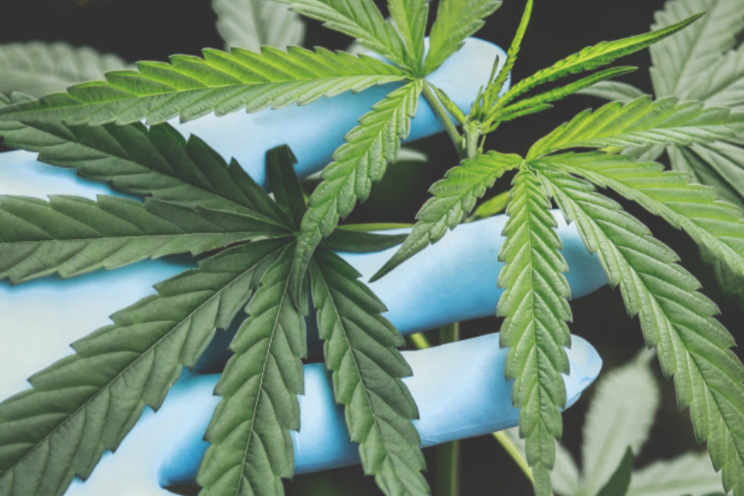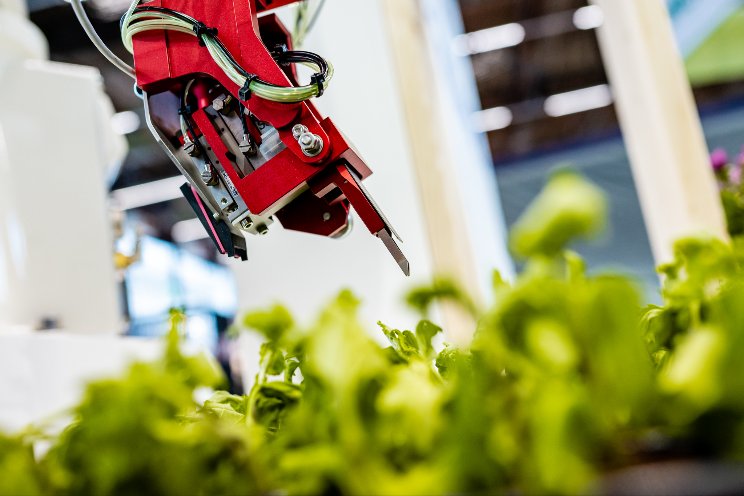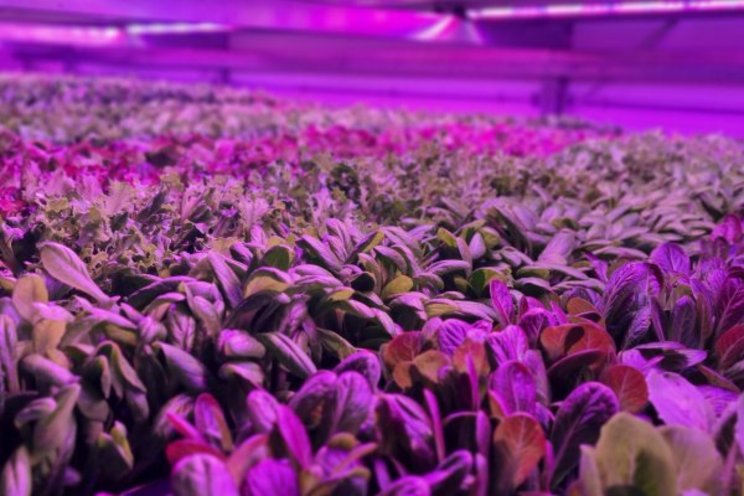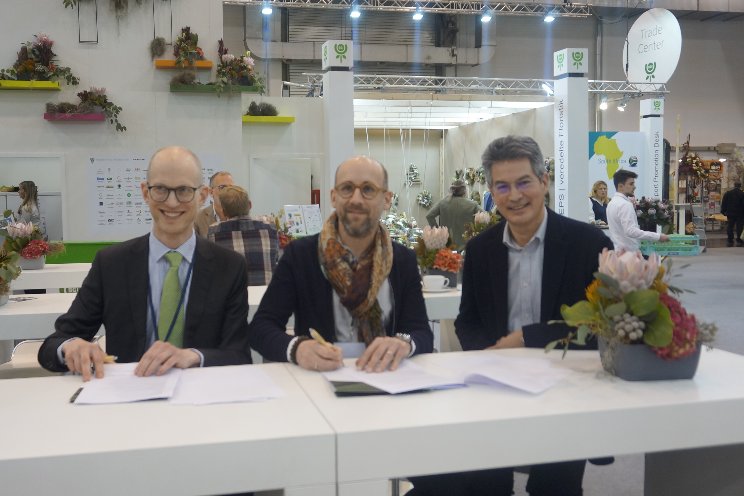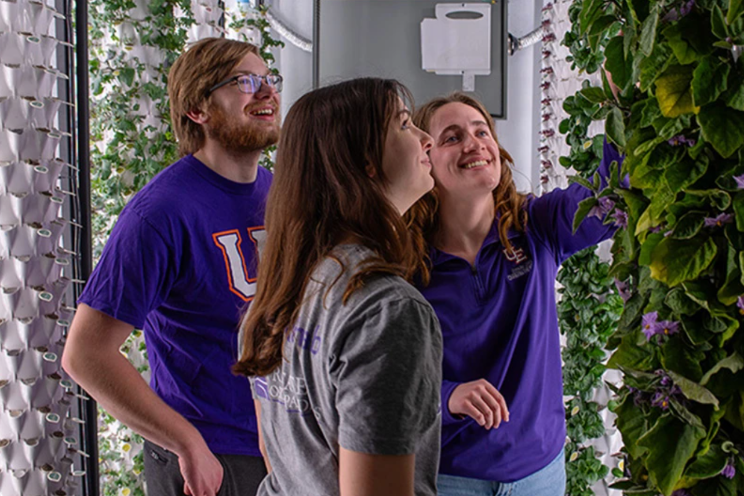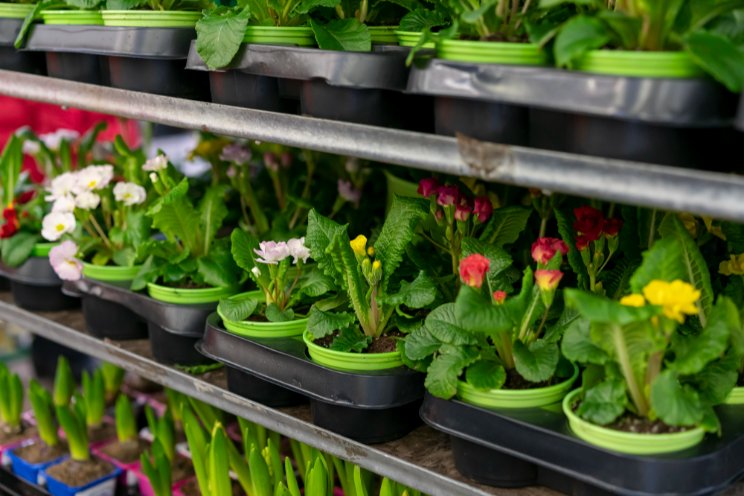Cannabis cultivation for medical purposes
Added on 11 August 2023

The medical cannabis industry is rapidly growing, and with it comes the opportunity for individuals and organizations to cultivate cannabis for medicinal purposes. However, before you embark on this journey, there are important considerations and steps you need to be aware of, particularly when it comes to notifying local authorities as part of the licensing process.
Here are some of the key things you need to know:
1. Create a corporate profile in the Cannabis Tracking and Licensing System (CTLS). This is a fundamental requirement for all cannabis cultivation businesses, regardless of their size or structure. If your cannabis cultivation venture is under the umbrella of a controlling corporation, you must also create a corporate profile for the parent company. Additionally, directors and officers of this corporation must apply for security clearances, as outlined by Health Canada's regulations.
2. Depending on your organization type, specific documents are required as part of the licensing process. These include a copy of your certificate of incorporation, amalgamation, or amendment for corporations; a copy of your business registration or partnership agreement for cooperatives or partnerships; and a copy of your alternate business name registration (if applicable).
3. You must provide detailed information about your cultivation site and any Health Canada licenses, registrations, or authorizations related to the site. This includes information about various cannabis licenses, such as research licenses, cannabis drug licenses, industrial hemp licenses, and more. You must submit a clear and accurate aerial view of the proposed cultivation site and its surroundings within a 500-meter radius. This view should be up-to-date and devoid of blind spots.
Image by Pixabay
More news
